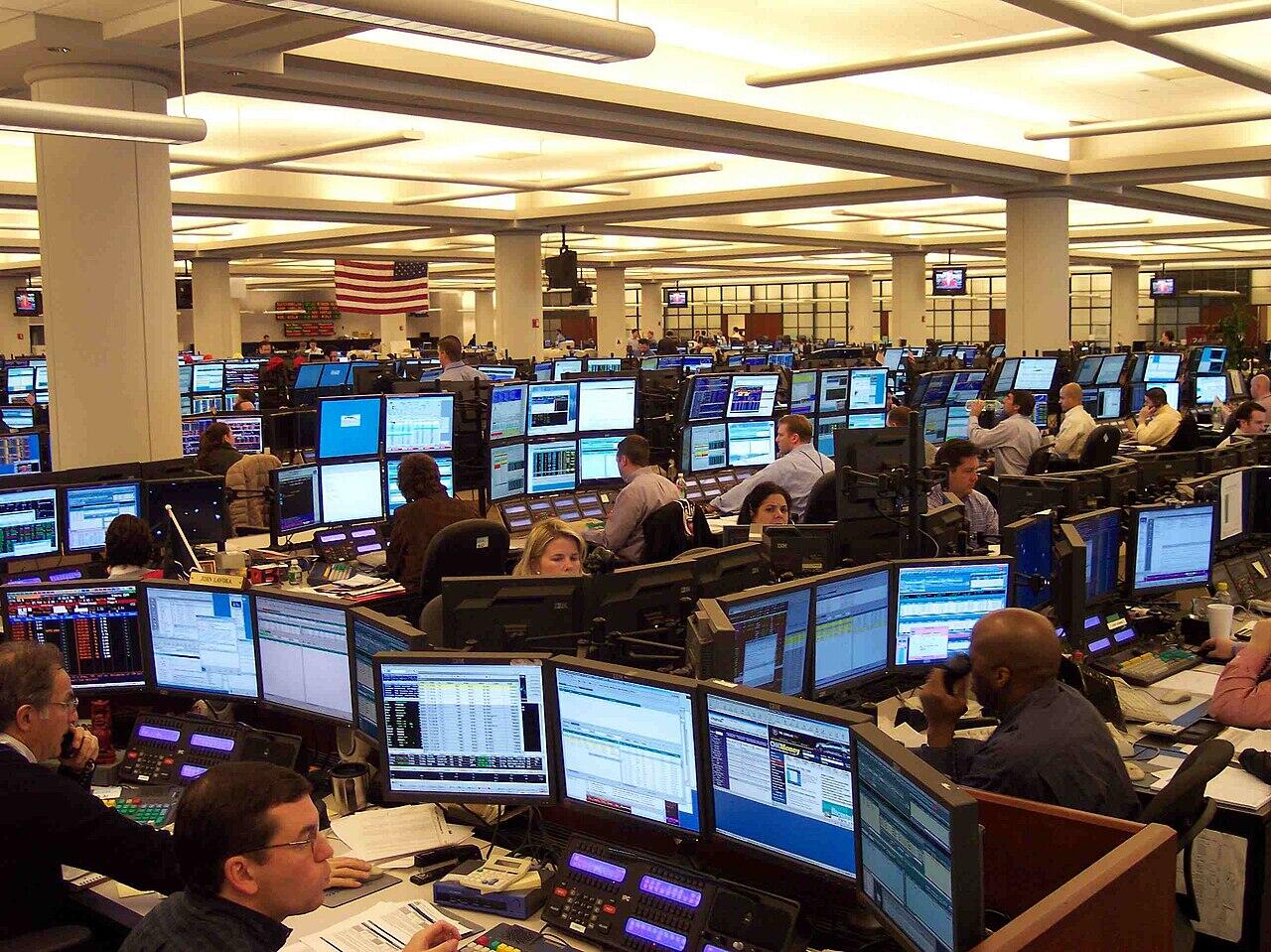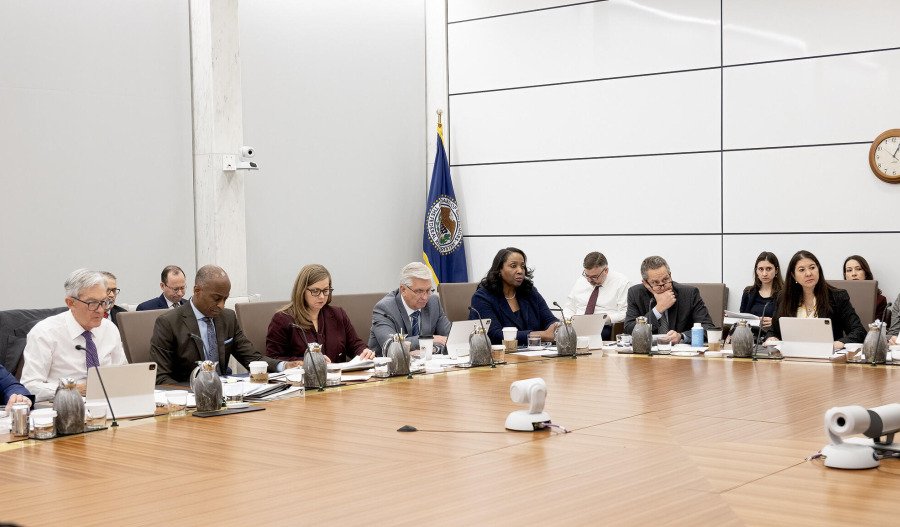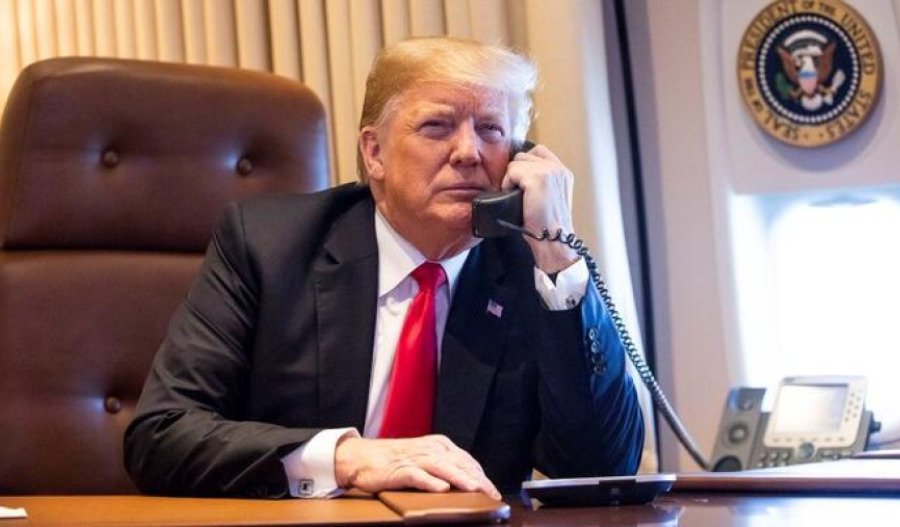In a dramatic shift in United States trade policy, President Donald Trump’s decision on 10 April to grant a 90-day pause on additional tariffs has thrown global markets into disarray.
The Trump administration also halted a planned 125% tariff hike on key Chinese electronics, offering a short-term boost to major technology stocks like Apple and NVIDIA.
The unexpected moves come at a time when markets had already been rattled by a series of tit-for-tat tariff escalations, making the economic outlook highly uncertain.
Economists across the world have been busy recalibrating their forecasts, with a preliminary consensus pointing to slower economic growth and mounting inflationary pressures.
The pause was widely interpreted as a tactical delay, a brief hiatus that allowed the administration to negotiate more flexible trade deals, while some analysts noted dissatisfied foreigners selling U.S. bonds, causing a surge in yields.
However, this temporary reprieve is unlikely to mask the underlying issues. Financial institutions and policymakers alike are concerned that the very measures designed to protect domestic industries may end up generating a self-inflicted wound that ripples throughout the global economy.
Even as President Trump dials back some of the tariffs, market volatility remains high, suggesting that investors see this pause as only a minor correction to an otherwise precarious situation.

Global Economic Impacts
Recent market reactions have illustrated how deeply the Trump administration’s trade policies have unsettled market participants.
Goldman Sachs reversed its earlier prognosis that had predicted a recession in the U.S. - a decision that reveals just how unpredictable the policy environment has become. Despite this cautious revision, the broader narrative remains unchanged: the U.S. is now facing a period marked by reduced growth prospects and an elevated risk of inflation, a combination that could undermine consumer confidence and slow down investment.
Analysts have reiterated that a 90-day tariff pause may serve as a temporary band-aid on the problem; however, the structural issues remain, with long-term economic health still on the line.
At the Federal Reserve, concerns have been equally heightened. Fed Chair Jerome Powell warned that recent measures could intensify inflationary pressures while stifling growth.
Powell remarked that the new tariffs were “larger than expected”, potentially leading to an economic scenario where increased costs are passed down the supply chain, ultimately raising consumer prices.
This dual threat of higher inflation paired with subdued economic activity poses a significant challenge to the Fed’s mandate of maintaining stable prices and full employment. His remarks have added urgency to the ongoing debate over how best to respond to these policy-induced distortions.
Meanwhile, economists from Nomura Securities and Barclays told Bloomberg that revised forecasts now show a marked lowering of U.S. growth projections coupled with heightened inflation expectations.
The consensus points to an economy that, at least in the near term, will be forced to contend with both weakening demand and tariff hike cost pressures.
Beyond U.S. borders, the impact of Trump’s tariffs is being felt on a global scale. The International Monetary Fund (IMF) sharply downgraded its forecasts for global growth in the April 2025 World Economic Outlook.
The new guidance, released in the World Economic Outlook compiled in the 10 days following Trump's announcement, now projects growth of 2.8% for 2025, down 0.5 percentage points, and 3% for 2026, down 0.3 percentage points from the January forecast of 3.3% for both years.
According to the report, inflation is projected to decline more slowly than previously anticipated, due to the impact of tariffs, reaching 4.3% in 2025 and 3.6% in 2026, with "notable" upward revisions for the United States and other advanced economies.
In Europe, the European Central Bank has expressed apprehension that U.S. tariffs could dampen economic growth in several member countries, even if the direct effect on inflation is less clear.
Spanish officials are also bracing themselves for slow economic momentum as they adjust growth forecasts in response to a complicated international trade environment.
The uncertainty extends to Asia as well. Japan’s financial institutions are reporting increased anxiety over potential slowdowns triggered by trade disruptions, while China is revising its economic forecasts.
Citi’s recent downgrade of China’s GDP growth forecast - from 4.7% to 4.2% - reflects concerns that U.S. tariffs could significantly dampen exports and overall demand in one of the world's largest economies.
Market sentiments are also shifting dramatically. Investors are sharply reducing their exposure to sectors particularly vulnerable to tariff-induced disruptions, such as manufacturing, retail, and financial services.
Morningstar analysts have condemned the tariffs as “self-inflicted economic catastrophes” that risk pushing the U.S. economy into prolonged periods of adjustment, with second-quarter forecasts already reflecting a downward tilt due to these policy measures.
Domestic concerns are compounded by global markets' reaction. A Reuters/Ipsos poll highlighted that 73% of Americans expect a significant surge in consumer prices due to tariffs.
In Australia, economists at the National Australia Bank (NAB) revised their forecasts for central bank rate cuts as trade uncertainties persist.

Navigating the Road Ahead
As the pause in tariffs fuels renewed debates over U.S. trade policy, stakeholders from investors to policymakers are left weighing the potential long-term repercussions.
The temporary halt on tariff impositions provides a critical window for negotiations, but many experts caution that unless these discussions result in more comprehensive and targeted trade deals, the economic fallout could be both deep and lasting.
Some analysts maintain that while the immediate near-term impacts may be severe - with mounting inflation and slower growth - the eventual realignment of trade policies might benefit domestic industries in the long term.
However, such optimistic views are overshadowed by the immediate risks that continue to trouble the economic horizon. With key variables such as consumer spending, employment figures, and inflation rates still fluctuating unpredictably, the coming months promise to be a crucial test of the resilience of both the U.S. and the global economy.
The challenges presented by the current tariff pause underscore a stark reality: in today’s highly interconnected global marketplace, policy shifts can quickly trigger broader economic instability. Until negotiations yield more definitive and constructive outcomes, markets and policymakers must brace themselves for further turbulence.



